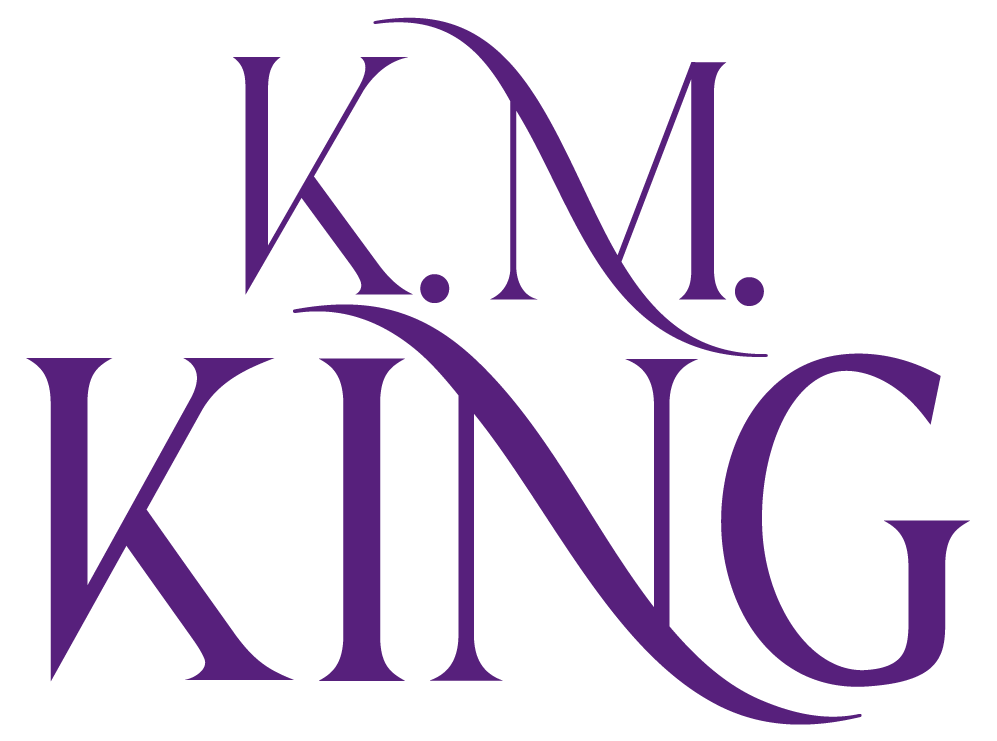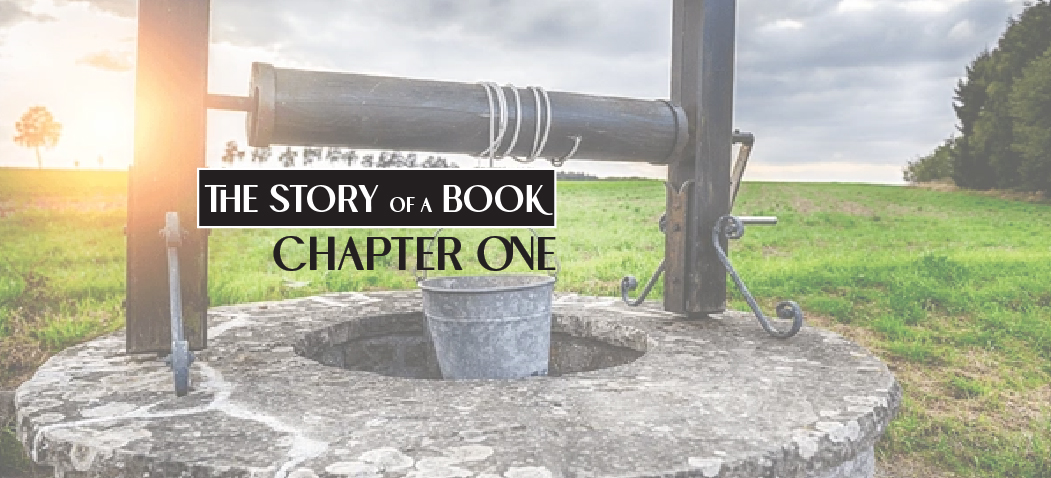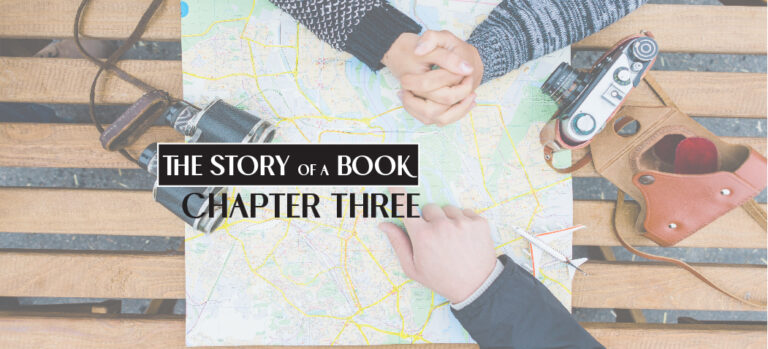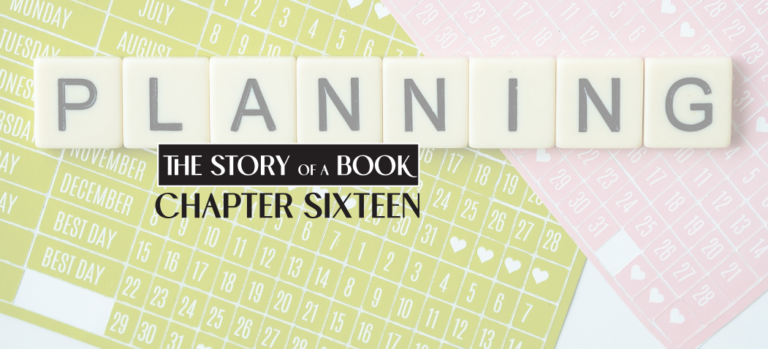The Bomber Jacket from First Page to Finally, Published!
Filling the Well
When you start writing a novel, it doesn’t begin with the opening page, the initial plot, or the primary characters. It begins with first impressions, sensations, and experiences that often occur years before you put a single word on a piece of paper. Writing a novel begins when you start “filling the well.”
The Bomber Jacket is a World War II ghost story set mostly in Scotland. I began filling the well for that story in 1974, when my younger sister Barbara, my future sister-in-law Pam, and my friend Vara, visited Edinburgh, Scotland as part of a two-week adventure to the UK. At that time Pam, Vara and I were enlisted personnel in the U.S. Army, stationed in Frankfurt, Germany.

More than twenty years later, my husband, Dana, and I took our first trip to Scotland, funded by the settlement of my parents’ estate. Some of my eight siblings used their inheritance for practical things—my brother Paul, now married to Pam, bought a camper. I chose to go to Scotland.
We’d just seen Braveheart and my husband, whose maternal family name is McQuate, was sure he must be Scottish. Turns out it’s an Irish name. My father would have been horrified that I’d spent his money traveling overseas. After he returned from World War II, he never wanted to leave Lancaster County, Pennsylvania and didn’t understand my longing to see the world.
The 1997 vacation was a 15-day delight. On May 5, we traveled overnight on British Air from JFK to Glascow, where we picked up our rental car. Other than reservations for our first and last night, we had only a vague itinerary, quite an aberration for my usual detailed planning. We headed down the Clyde Coast (southwestern Scotland) to the haunting ruins of Dundrennan Abbey in Glenluce, then east to the beautiful town of Dumfries, exploring the World War II Aviation Museum and moated, triangular Caerlaverock, a medieval fortress sieged by Edward I of England in 1297. (Braveheart era).
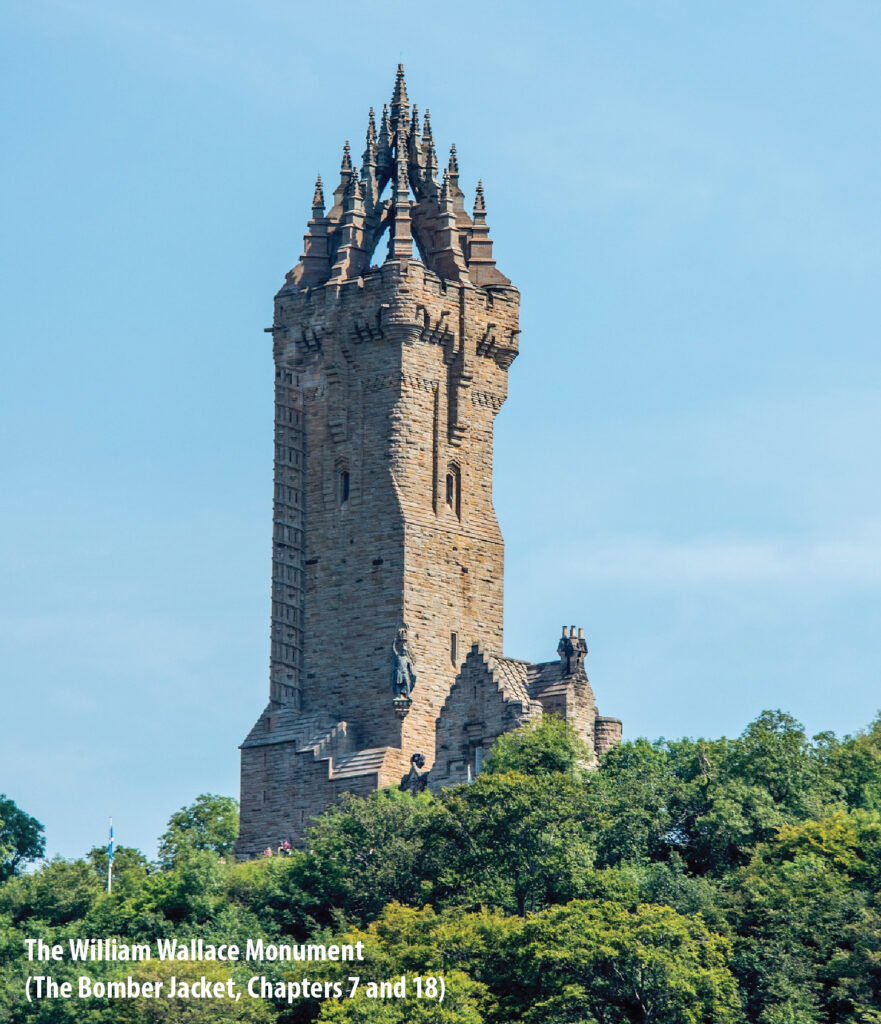
We turned north, skirted Glascow, stopping at massive Stirling Castle, not far from the famous battle between William Wallace and the forces of Edward I. We then conquered the 375 narrow winding stone steps to the top of the nearby William Wallace Monument, an 1880s Victorian style edifice with a stunning view of the surrounding countryside and distant mountains. By the way, the Scottish hero William Wallace bears no resemblance to Australian actor Mel Gibson.
From there we headed northwest to the port town of Oban and a car ferry to wild, unsettled Mull, driving the first of numerous “single carriage roadways”—one lane roads with occasional pull offs to allow an oncoming car to pass. I left the unnerving experience of driving on the “wrong” side of the road to Dana. I navigated.
In Fionnphort we took a passenger ferry to and from the tiny island of Iona, known for its eleventh century abbey, originally built in 650. It’s the burial place of the ancient Scottish kings and was the center of Druid worship in pre-Christian times. It’s now home to an ecumenical retreat center. My husband wasn’t sure he’d get me off the island.
Onward to Mallaig and another ferry to the “Misty Isle” of Skye. It’s almost impossible to describe Skye, where gray and silver clouds embrace the tops of rugged blue mountains, outcroppings of ominously-shaped granite greet you around a bend in the road, and white sheep dot the hills which drop down to the never-still sea.
At Uig we drove onto yet another car ferry to yet another fairyland, this time the Outer Hebrides. There we explored the islands of Harris and Lewis, which has better roads than Skye, but are more desolate and almost treeless. The main city isn’t much bigger than my small hometown. We spent a lot of time at the remote 5,000-year-old Callanish Standing Stones, simpler but more ethereal than Stonehenge. It was easy to image Neolithic tribes eking out a living on those rocky isles.
A two-and-a-half hour ferry ride took us from Lewis to the mainland where we turned southeast to Loch Ness. There at dusk, we stood on a rocky promontory amidst the spooky ruins of Urquhart Castle looking down into the mysterious waters, imagining Nessie slithering beneath the surface. The loch (lake) is a mile across at its widest and 25 miles long. Enclosed by hills, everything was green and blue and lush, a drastic change from our recent island adventure.
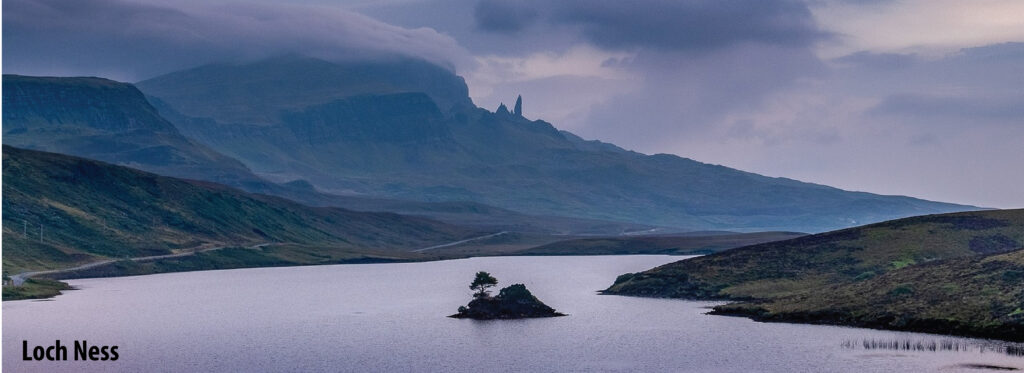
Our next destination was Culloden, where on a cold, sleety April 16, 1746, the British ended the Jacobite uprising led by Bonnie Prince Charlie (Charles Edward Stuart) and his dream of holding the throne of Scotland and England. The rainy, gloomy day fit the mood of the famous battlefield located on a heather-covered peat moor. Just a few gravestones mark where nearly 3000 of the 5000 Jacobite clansmen fell in the one-sided battle. Only wind, silence and ghosts kept us company.
Under clearing skies, we sped south on the A9 along the picturesque Spey River with lovely purple vistas and white-capped mountains in the far distance—including Ben Nevis, the tallest mountain in Scotland. We gradually left the highlands behind as we turned southeast to the flat eastern coast along the North Sea. Our destination was St. Andrews, not for golfing, but for its famous abbey ruins. (If you’re sensing a theme here, you’re right).
The weather then became perfectly miserable, enhancing the miserable history of religious intolerance which led to the destruction of all the abbey ruins we explored on our trip. We hunkered down in our cozy B&B and saved touring the town for the next day. The weather in Scotland is amazingly unpredictable.

We spent our remaining three days in the Edinburgh area, visiting the famous Edinburgh Castle and the Royal Mile on a very rainy, windy day. A short trip south to the Borders Area took us to the picturesque Melrose Abbey ruins where the heart of Robert the Bruce is buried (again, Braveheart era), and the village of Innerleithen, where we had a delicious bowl of Bubbles and Squeak (more British than Scottish).
And then it was a 10:15 a.m. flight home on May 22.
Little did I know how much impact this trip had on my subconscious. The actual concept of The Bomber Jacket didn’t begin to take shape until our second trip to Scotland in 2004. But many of the places I visited in 1997 ended up in the novel: Skye, The William Wallace Monument, The Royal Mile, the castle in Edinburgh. The convoluted history, the eerie atmosphere of abbey and castle ruins and the breathtaking scenery steeped in the murky depths of my imagination, a well I was unknowingly filling for a story set in 1997 and World War II.
